Thanks to the new cable, the Reverb G2 finally works as intended after a year and is convincing as a simulation specialist. In particular, the good image quality and ergonomics are big pluses. The implementation of the controller tracking remains worthy of criticism – and that it took HP so long to achieve this state.
Table of contents
- < li> 1 A new cable is like a new life
- Technical problems, rum printing and a new cable
- The second generation delivers many improvements in detail
- Competition from Oculus, HTC and Valve
- Image quality
- Sound quality
- Tracking
- Ergonomics and Ease of Use
- 3 Conclusion
- Almost perfect for simulations
- Generally with too many weaknesses
< li> 2 test results
Technical problems, rum printing and a new cable
No other VR headset has ever done this made difficult to come to a final conclusion when the HP Reverb G2 introduced in May 2020. How should a test person be rated who refuses to cooperate with the editorial team's VR test system as well as on various, but by no means on all computers in the community?
It became clear relatively quickly that certain newer motherboards for AMD's Ryzen processors are the cause, since HP is placing too high demands on the power supply of the USB ports with the Reverb G2. Until recently, HP only suggested the use of a PCI-E USB card as a solution in addition to the mandatory restart and reinstallation. A new BIOS version from AMD also promised a remedy, but could not solve the problems. And neither AMD nor HP really wanted to be to blame for the situation.
-
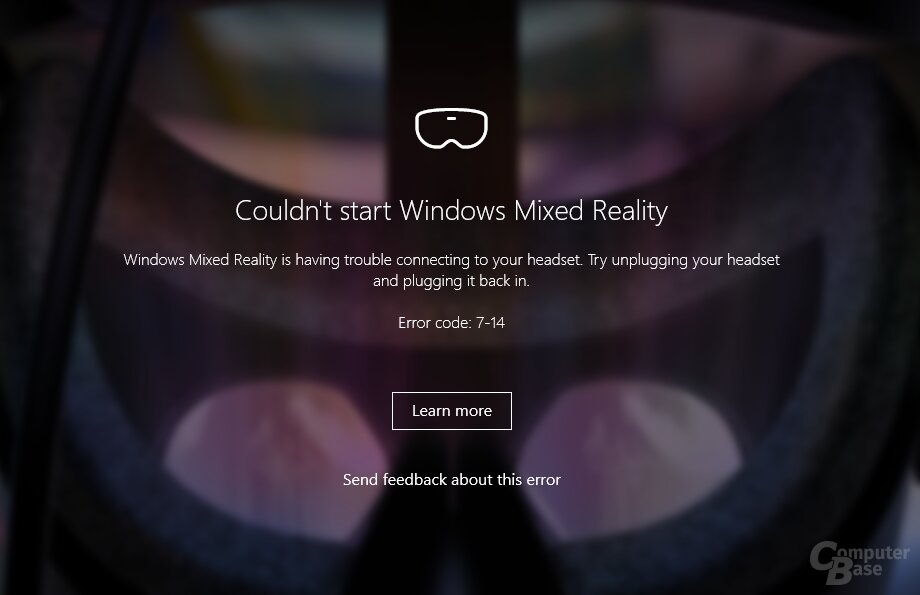 USB problems with the HP Reverb G2
USB problems with the HP Reverb G2
Image 1 of 4
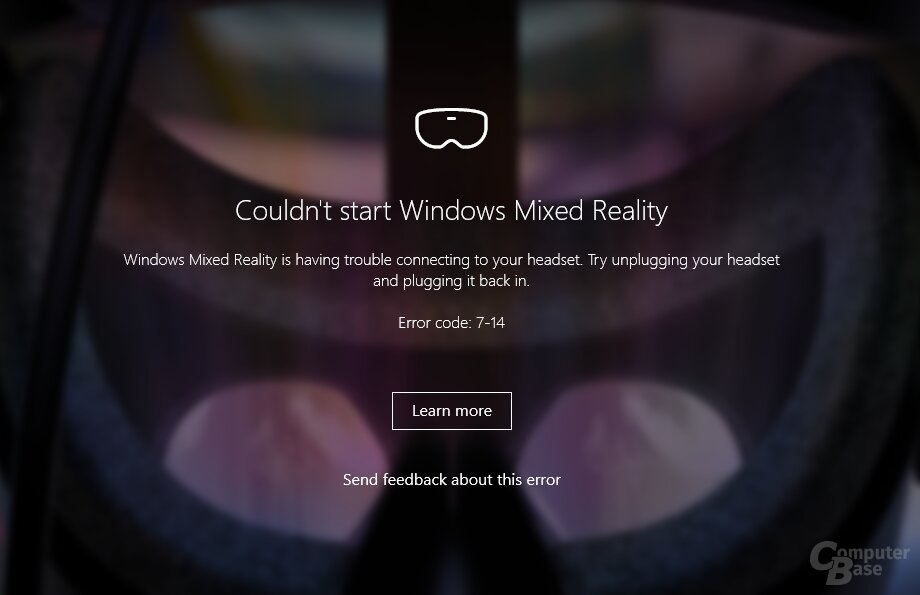 USB problems with the HP Reverb G2
USB problems with the HP Reverb G2 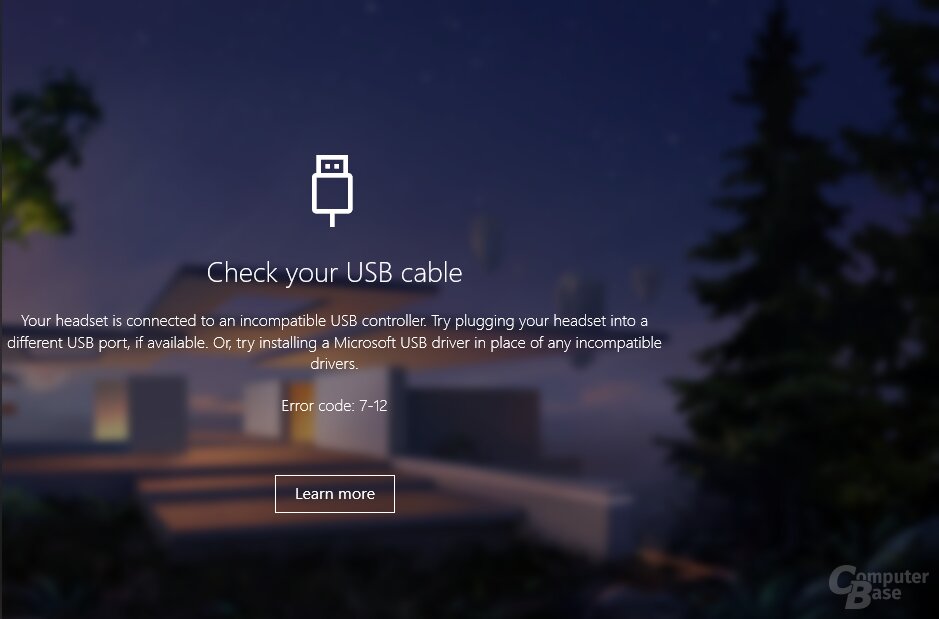 Connection problems with HP
Connection problems with HP 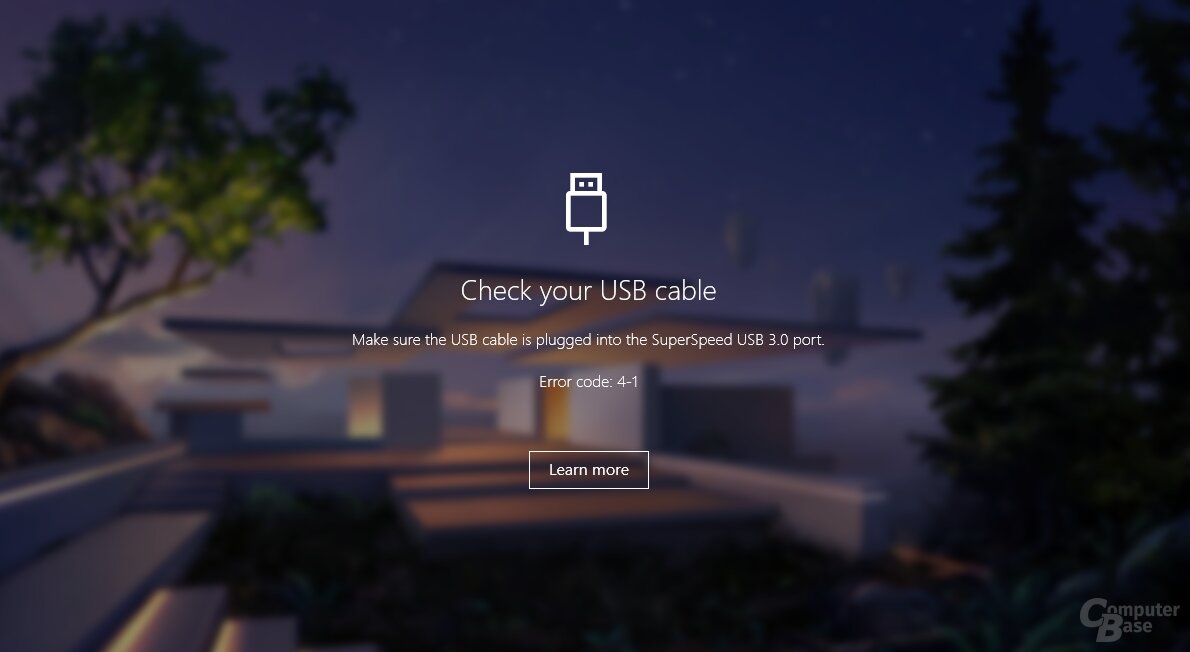
 Only a new cable can help
Only a new cable can help A real solution is now in the form of a new cable revision that was introduced with the HP Reverb Omnicept Edition. This revision is said to have been developed, at least as a support employee of the manufacturer is quoted on Reddit, in particular to solve the problems with the power supply. This works both in the editorial team and according to experience reports from the community. And HP seems to be offering this new version for free as a replacement for anyone who has problems with the old cable.
There is now, around a year after publication and 3,500 comments on the first announcement later, the review of the editors.
The second generation provides many improvements in detail
For the second generation of the HP Reverb (test), the manufacturer has cooperated with Valve – with the aim of doing everything else better with the same high resolution. With new lenses and headphones directly from Valve, improved displays, more cameras and improvements in ergonomics, HP wants to offer a VR headset without compromises.
According to HP, the story of the Reverb G2 begins with the realization that the first generation was particularly well received by players in racing simulations such as Project Cars 2 – larger than originally expected by the manufacturer. For this application, the comparatively high resolution of the HP Reverb was a plus point that outweighed many of the smaller problems. Having become aware of the success, Valve is said to have approached HP and proposed to develop a second generation together. In addition to the headphones, which were taken over directly from Valve Index, the lens design also comes from the Steam operator and Half-Life developer.
5 cameras Inside-out
4 cameras SteamVR Tracking 1.0 + 2.0 Display LCD with RGB LCD with RGB resolution (per eye) 1,280 × 1,440
@ 80 Hz 2,160 × 2,160
@ 90 Hz 2,448 × 2,448
@ 90, 120 Hz 1,440 × 1,600
@ 80, 90, 120, 144 Hz audio integrated,
1 × 3.5 mm IPD setting software
58–72 mm mechanical
60–68mm mechanical
57–72mm Mechanical
58–70mm cable length 5 m Standard Edition 3.5 m
Professional Edition 4 m 4 m
+ 1 m to the Link Box 5 m + 1 m Required connections DP + USB 3.0 DP + USB 3.0 DP + USB 3.0
+ socket
No longer the highest resolution
Since the display quality is a decisive, if not the most important factor, especially for simulations, HP delivers some improvements over its already very good predecessor. Like the first reverb, the G2 “only” has a resolution of 2,160 x 2,160 pixels per eye. At the time of publication, this was enough, according to HP, for the “highest resolution VR headset of all major manufacturers”. The footnote reveals that only companies are taken into account that, according to an internal analysis by HP, have sold more than 50,000 wired VR headsets. Smaller providers like Pimax, who have been delivering similar or higher values for years, are thus left out. But while HP was busy solving the USB problem, HTC has usurped the resolution crown with the Vive Pro 2.
As with its predecessor, HP relies on LCDs with an RGB subpixel matrix, but now allows their position to be mechanically adjusted to the interpupillary distance. A pupillary distance of 60 to 68 mm is covered. Apart from the resolution, HP wants to have upgraded almost all other properties of the display.
The contrast and the maximum brightness should be much higher and the pixel persistence with a constant 90 Hz frame rate should be much lower. This had already had a clearly positive effect in the Valve Index test and under certain circumstances led to less motion sickness, which HP also points out. While the field of view remains at 114 °, the sharply displayed area, the so-called sweet spot, should be larger thanks to the lenses from Valve, which would solve another major criticism of the predecessor. In addition, the color display of the panels should have become more even.
Competition from Oculus, HTC and Valve
In addition to the already mentioned HTC Vive Pro 2 must be Measure the reverb with the Valve Index, which is still one of the best overall packages. And the Oculus Rift S serves as a comparison in terms of inside-out tracking.
In the test, six different categories are initially assessed and then other strengths or weaknesses are examined. The headset is rated on the basis of the resulting overall impression. All tests were carried out under Windows 10 with the latest software version. The hardware used was an AMD Ryzen 9 3900X, which was equipped with 32 GB of RAM according to DDR4-3200 in dual-channel mode and supplied the data for an Nvidia GeForce RTX 2080 Ti Founders Edition.
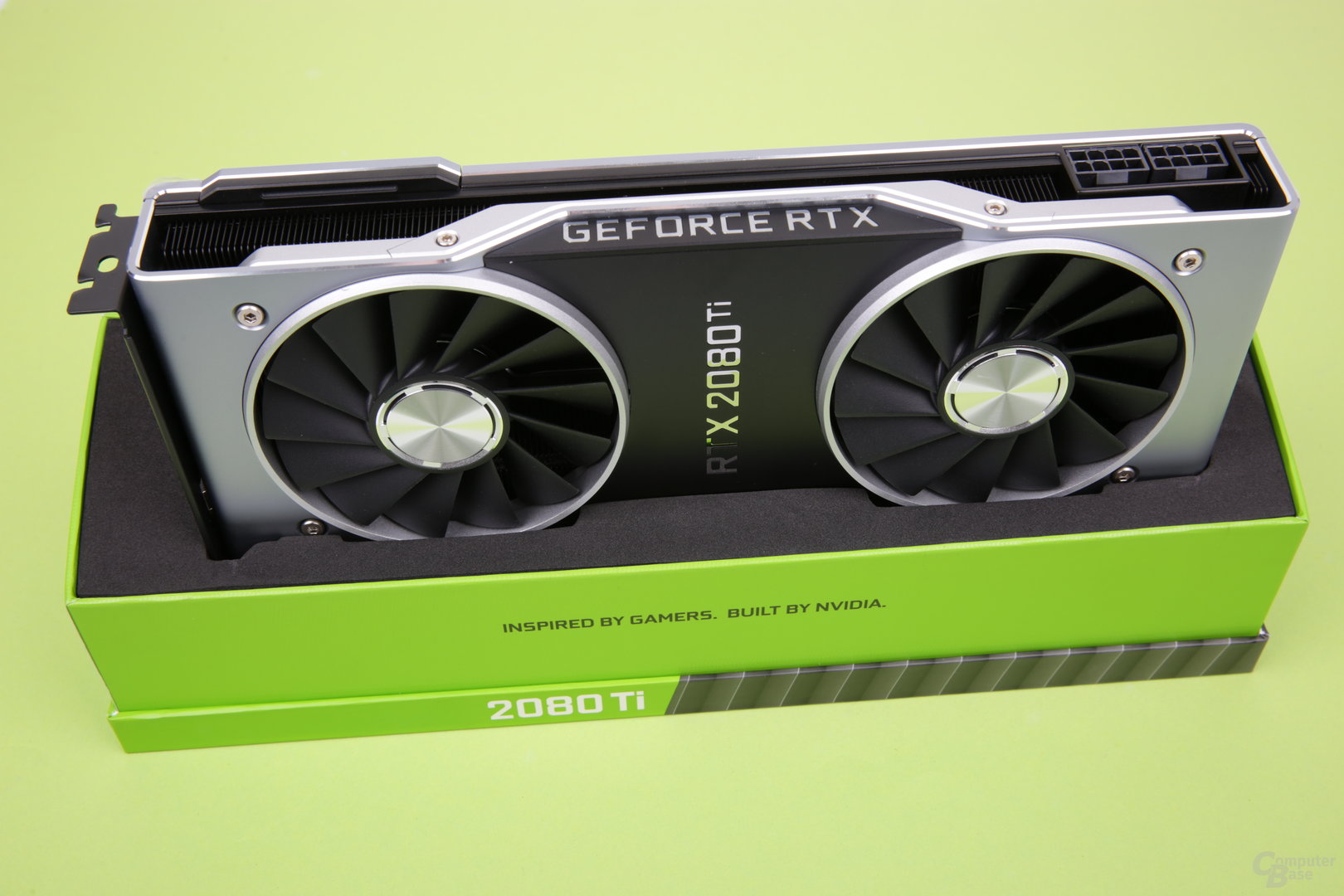 Nvidia GeForce RTX 2080 Ti Founders Edition
Nvidia GeForce RTX 2080 Ti Founders Edition The six different evaluation categories are image quality, audio quality, ergonomics, ease of use and the tracking of headsets and controllers. All ratings are based on the subjective perceptions of the editor and are to be understood as a relative comparison between the different headsets and not as absolute values.
On the next page: Test results

